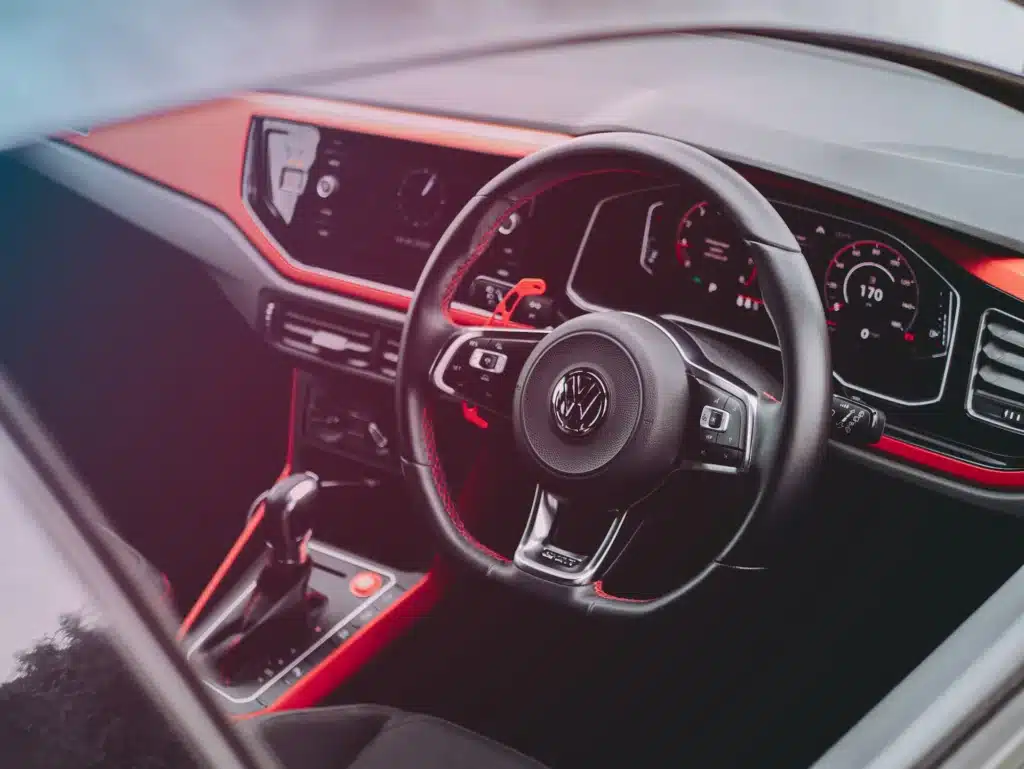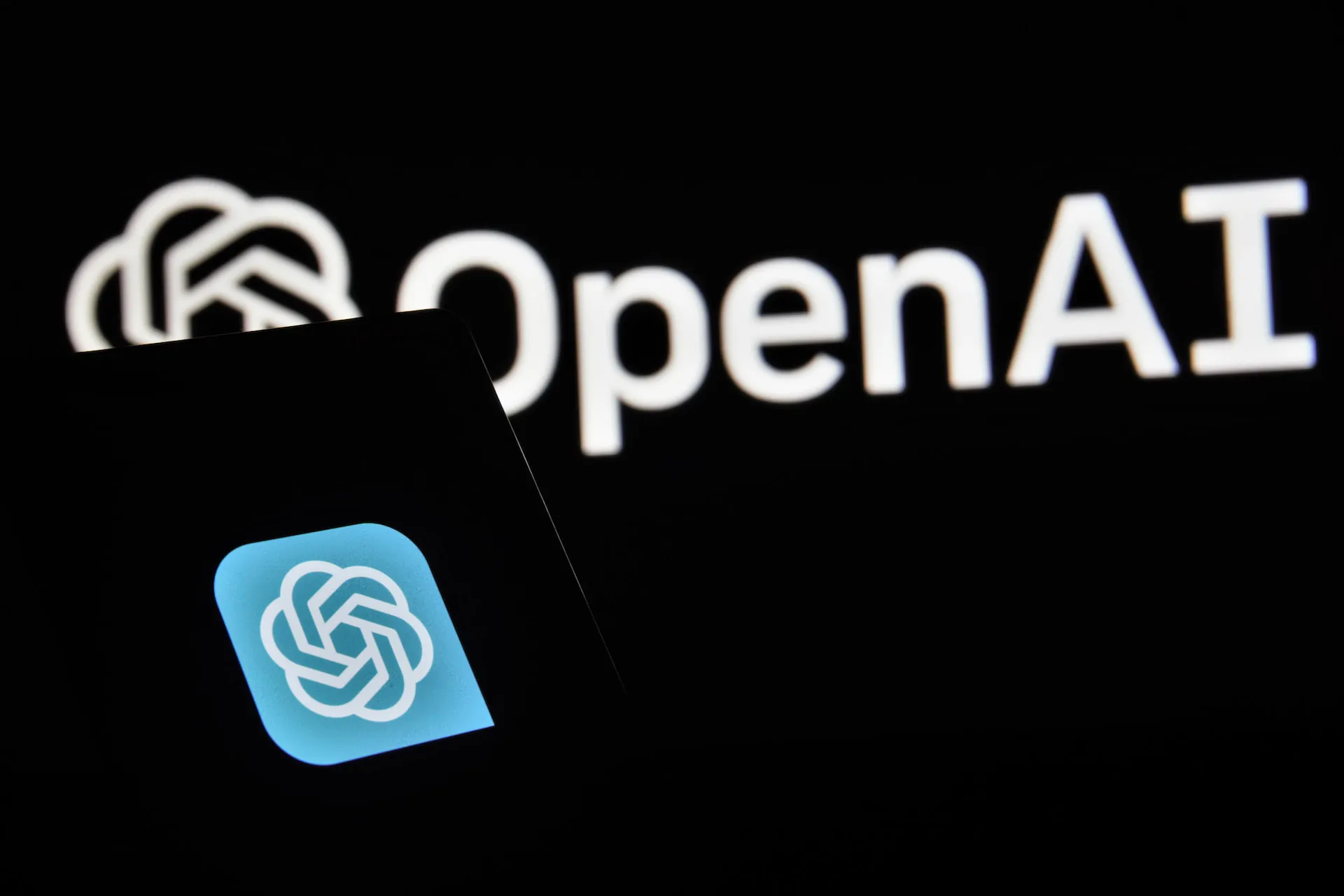Businesses that thrive are constantly looking for ways to innovate and stay ahead of the competition. One area that has seen significant advancements in recent years is product development. With the rise of generative AI, companies are now able to revolutionize their product development process and create innovative, cutting-edge products.
In this article, we’ll explore the concept of generative AI and how it is transforming product development.
What is Generative AI?
Generative AI is a subset of artificial intelligence that uses algorithms to generate new ideas, designs, or solutions. It is based on the concept of machine learning, where the AI system is trained on a large dataset and then uses that knowledge to generate new outputs.
How Does Generative AI Work?

Generative AI works by using a combination of algorithms and data to create new outputs. The process typically involves the following steps:
- Data Collection: The first step in generative AI is to collect a large dataset that the AI system can learn from. This dataset can include images, text, or other types of data.
- Training: Once the dataset is collected, the AI system is trained on it using various algorithms. This process allows the system to learn patterns and relationships within the data.
- Generation: After the training is complete, the AI system can generate new outputs based on the patterns and relationships it has learned. These outputs can be in the form of images, designs, or other types of data.
Benefits of Generative AI for Product Development
Generative AI offers several benefits for product development, including:
- Faster and More Efficient Design Process: With generative AI, companies can quickly generate multiple design options, saving time and resources in the product development process.
- Innovative Designs: Generative AI can generate designs that humans may not have thought of, leading to more innovative and unique products.
- Cost Savings: By automating the design process, companies can save on labor costs and reduce the risk of human error.
- Customization: Generative AI can create customized designs based on specific parameters, allowing companies to cater to individual customer needs.
Applications of Generative AI in Product Development
Generative AI has a wide range of applications in product development. Some of the most common include:
1. Automotive Industry

The automotive industry has been one of the early adopters of generative AI in product development. With the help of generative AI, car manufacturers can quickly generate multiple design options and test them virtually before moving on to physical prototypes. This has led to faster and more efficient design processes, resulting in cost savings and more innovative car designs.
2. Fashion Industry
Generative AI is also making waves in the fashion industry. With the help of generative AI, fashion designers can create unique and innovative designs that cater to individual customer preferences. This has led to a more personalized shopping experience for customers and has helped fashion brands stand out in a crowded market.
3. Consumer Electronics

The consumer electronics industry is another sector that has benefited from generative AI. With the help of generative AI, companies can quickly generate multiple design options for products like smartphones, laptops, and other gadgets. This has led to faster product development cycles and more innovative designs that cater to the ever-changing consumer demands.
Real-World Examples of Generative AI in Product Development
Let’s take a look at some real-world examples of companies using generative AI in their product development process.
1. Adidas

Adidas has been using generative AI to help design its shoes. The company uses a combination of generative AI and 3D printing to create unique and innovative shoe designs. This has allowed Adidas to create shoes that are not only aesthetically pleasing but also cater to individual customer needs.
2. Autodesk
Autodesk, a leader in 3D design software, has also been using generative AI in its product development process. The company’s software, called Dreamcatcher, uses generative AI to create designs for products like furniture, buildings, and even cars. This has helped Autodesk’s customers save time and resources in the design process and has led to more innovative designs.
3. Volkswagen

Volkswagen has been using generative AI to design its cars since 2018. The company’s software, called “Volkswagen Industrial Cloud,” uses generative AI to create designs for car parts. This has led to faster and more efficient design processes, resulting in cost savings and more innovative car designs.
Challenges and Limitations of Generative AI in Product Development
While generative AI offers several benefits for product development, it also has its limitations. Some of the challenges and limitations of generative AI include:
- Data Availability: Generative AI requires a large dataset to train on, which may not always be available.
- Lack of Human Creativity: While generative AI can generate unique designs, it lacks the creativity and intuition of human designers.
- Cost: Implementing generative AI in the product development process can be costly, especially for smaller businesses.
Future of Generative AI in Product Development

The future of AI product development looks promising. As the technology continues to evolve, we can expect to see more innovative and unique products being developed with the help of generative AI. Some experts even predict that generative AI will eventually replace human designers in certain industries.
Conclusion
Generative AI is revolutionizing product development by offering faster and more efficient design processes, innovative designs, and cost savings. While it has its limitations, the future of generative AI in product development looks promising. As more companies adopt this technology, we can expect to see even more innovative and unique products hitting the market.




